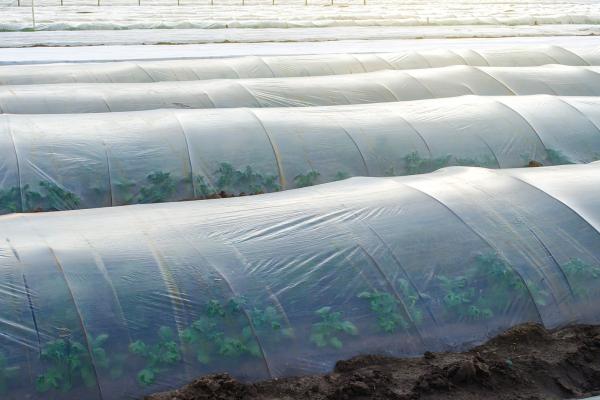Agriculture
Agriculture
Protective films are integral to modern agriculture, enhancing crop yields, conserving resources, and promoting sustainable farming practices. These films, encompassing mulch films, greenhouse covers, silage wraps, and row covers, serve as barriers against environmental stressors, pests, and diseases, thereby safeguarding crops throughout their growth cycle.
By integrating protective films into agricultural operations, farmers can achieve higher productivity, improved crop quality, and more sustainable resource utilization.
Key Benefits of Protective Films in Agriculture
Enhanced Crop Protection: Shield plants from pests, diseases, and adverse weather conditions, reducing crop spoilage risks.
Improved Microclimate Control: Maintain optimal soil moisture and temperature, fostering better plant growth.
Weed Suppression: Prevent weed growth, minimizing competition for nutrients and reducing the need for herbicides.
Resource Efficiency: Conserve water and reduce the reliance on chemical inputs, supporting sustainable farming practices.
Extended Growing Seasons: Enable earlier planting and later harvesting by protecting crops from temperature fluctuations.
Implementing protective films in agriculture enhances crop performance and contributes to environmental sustainability and economic efficiency.

